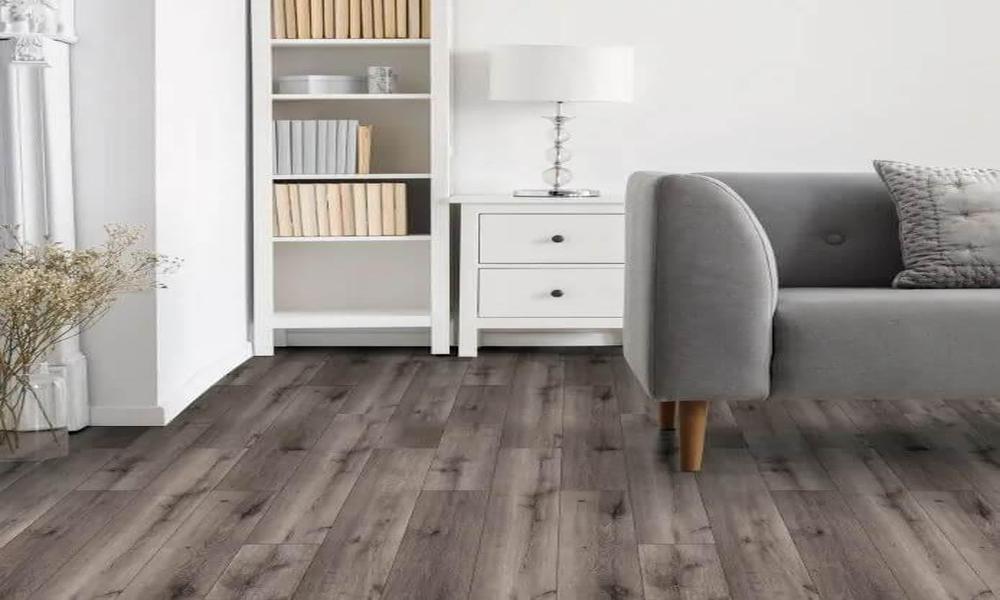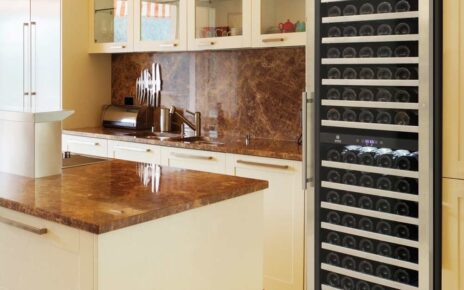Vinyl flooring has become a popular option for many homeowners due to its durability, affordability, and easy maintenance. However, with so many options available on the market, it can be challenging for manufacturers to make their products stand out. One way to differentiate your vinyl flooring product is by offering unique designs and patterns that cannot be found elsewhere. Many manufacturers now offer vinyl flooring that replicates the look of natural wood, stone, and other materials, providing homeowners with a cost-effective alternative that still provides a high-end look.
Another way to make your vinyl flooring product stand out is by focusing on eco-friendliness. Consumers are increasingly concerned about the environment and are willing to pay more for products that have a minimal environmental impact. Vinyl flooring that is made with recycled materials or is recyclable itself can appeal to these eco-conscious consumers. Manufacturers can also promote their vinyl flooring as being low VOC, meaning it does not release harmful chemicals into the air, making it safe for indoor use.
Finally, manufacturers can differentiate their vinyl flooring products by focusing on the installation process. Many homeowners are turning to DIY projects to save money, and vinyl flooring is a popular option due to its ease of installation. However, some vinyl flooring products require more complicated installation processes that can be challenging for novice Dyers. Manufacturers can provide comprehensive installation guides and videos to help homeowners with the process, making their products more appealing to Dyers.
How to Improve Vinyl Flooring?
Installing vinyl flooring can be a DIY project, but it is important to do it correctly to ensure it lasts for years to come. One of the most critical factors in installing vinyl flooring is preparing the subfloor. The subfloor must be clean, dry, and level before installation to ensure the vinyl flooring adheres properly. Any bumps or dips in the subfloor can cause the vinyl flooring to buckle or warp over time. Therefore, homeowners should take the time to properly prepare their subfloor before starting the installation process.
Another important consideration when installing vinyl flooring is the temperature and humidity of the room. Vinyl flooring can expand and contract with changes in temperature and humidity, which can cause gaps or bulges in the flooring. Therefore, it is essential to acclimate the vinyl flooring to the room’s temperature and humidity for at least 48 hours before installation. Homeowners should also ensure the room is well-ventilated during installation to prevent moisture from building up and causing issues with the flooring.
Finally, homeowners should follow the manufacturer’s instructions for installation carefully. Different vinyl flooring products may have different installation requirements, and following the instructions will ensure the flooring is installed correctly. If homeowners are unsure about any aspect of the installation process, they should consult with a professional to ensure the flooring is installed correctly.
Who Else Wants To Know The Mystery Behind Vinyl Flooring?
Vinyl flooring has been around for decades, but its popularity has grown in recent years due to advancements in technology and design. One of the mysteries behind vinyl flooring is how it can replicate the look of natural materials so closely. Manufacturers now use high-definition printing technology to create vinyl flooring that looks like natural wood, stone, and other materials. They can also add texture to the flooring to make it feel like natural materials, providing a more realistic look and feel.





